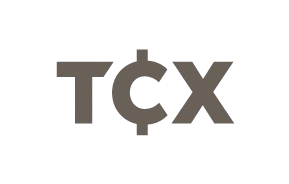India’s GDP expanded 7.8% YoY in Q2 2025, accelerating from 7.4% in the prior quarter and surpassing expectations of 6.6%. Growth reached its fastest pace in five quarters, supported by stronger consumer spending as easing inflation improved household purchasing power.
